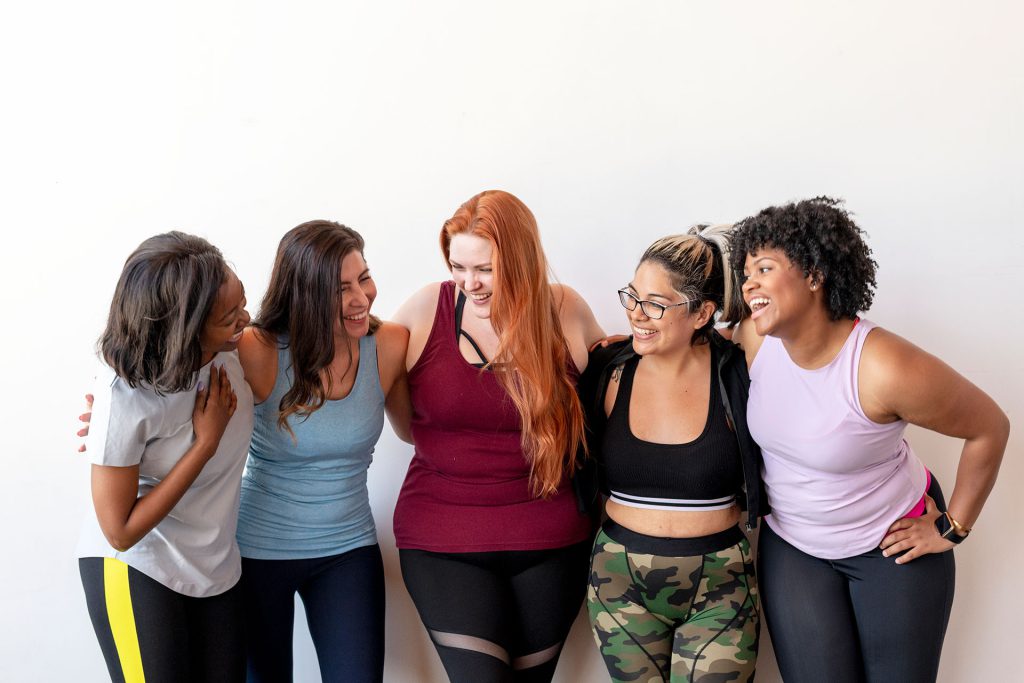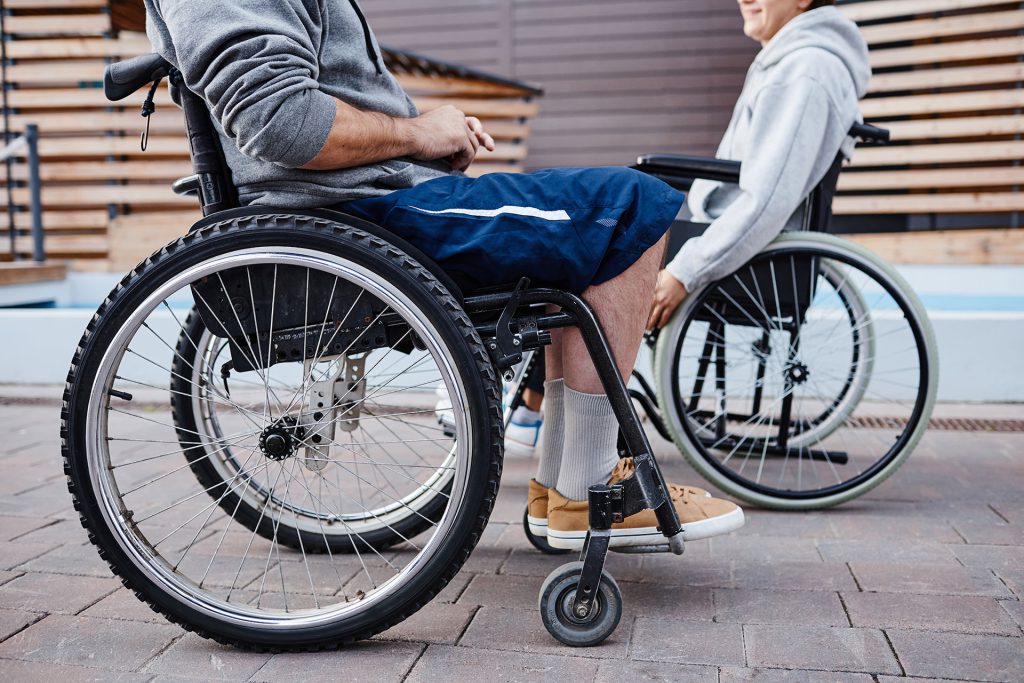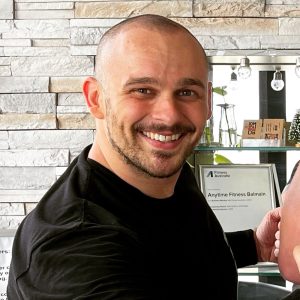DIVERSITY & INCLUSION

404 IMAGE NOT FOUND
FITREC DNA Ambassador and Founder of WeFlex, Tommy Trout explores the business case for diversity in your marketing and disability representation in fitness industry promotions.
We’ve spoken to hundreds of people with a disability and one piece of feedback is crystal clear – in any marketing, they never see people with disabilities working out at a gym, which is unsurprising, given the gym marketing playbook is often accused of making the general population think they need to be ripped to even start!
It’s hard to make people feel like they belong, when every image they see in a company’s marketing makes them feel like they don’t.
I’ll admit, I didn’t think this kind of representation was a big deal when I started WeFlex. Surely the choice of stock images isn’t going to change someone’s mind if you’re committed?! Guess what? It does. In fact, good luck finding stock images of people with disabilities in the gym or engaging in any kind of exercise. It’s limited if it exists at all.
When we started WeFlex, developers and designers would often come back to us saying they couldn’t find any appropriate images of people with disability working out. They could find clowns in the gym, someone with a fidget spinner on his forehead, and a two-minute video of a girl eating a watermelon. But someone with a cochlear implant lifting weights? Get the heck outta here!
We ended up having to create our own stock images.
Then, I saw first-hand the impact our images have had on people. We unveiled our beautiful, inclusive imagery at multiple disability expos, and saw people stop dead in their tracks; seeing something they had never seen before – people with disability working out. Not inspirational. Just workout photos of people with disabilities. It was normalised and it was visualised.
"...in any marketing, they never see people with disabilities working out at a gym."

What’s key here is that there is also a business case for it.
Our partners at Anytime Fitness Australia launched their ‘Any body, Any time’ campaign at the beginning of the year. This was their first step in their mission to become Australia’s most welcoming gym network. This decision was more than just altruism; it was guided by research and listening to their members. The younger demographics – Gen Ys and Gen Zs – are increasingly valuing the concept of inclusion. Beliefs around social good are now a prominent part of their consumer decision making. On top of that, you now have over half a million Australians on the NDIS, which covers Personal Training. This introduces the value of Training to their families, and the millions more with disability who are not part of the scheme.
The first step to gaining the trust (and the business) of this ever-growing customer segment, is to let them know you’re speaking to them, by representing them in your marketing through the use of inclusive imagery. This will make it a great deal easier for them to see themselves using your services.
This is what we call ‘doing good by doing good’. Together, WeFlex!

